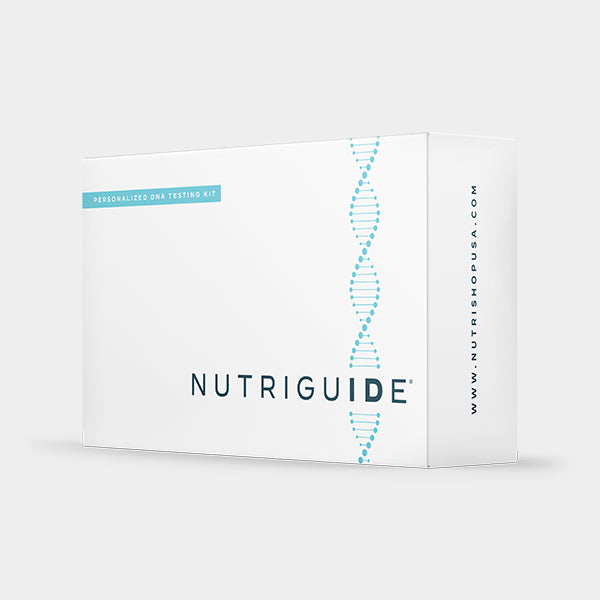Creatine is one of the most researched supplements in the world. While it’s long been a favorite in fitness circles, it’s now gaining attention for its potential benefits beyond the gym. For decades, athletes have turned to creatine to support training performance, but recent studies suggest its role may extend to other aspects of health and wellness.
Let’s explore what creatine is, how it works, and why it may be worth considering for more than just building muscle.
What Is Creatine?
Creatine is a naturally occurring compound found in small amounts in foods like red meat, fish, and poultry. The body also produces it in the liver, kidneys, and pancreas from the amino acids glycine, arginine, and methionine. Once created or consumed, creatine is stored primarily in skeletal muscles as phosphocreatine, where it plays a key role in cellular energy production.
Here’s how it works: During high-intensity activities—like sprinting, lifting weights, or even bursts of mental focus—your muscles rely on adenosine triphosphate (ATP) for energy. ATP depletes quickly, but phosphocreatine helps replenish it, supporting sustained effort. Supplementing with creatine increases these muscle stores, which may have implications for both physical and cognitive performance.
Creatine monohydrate is the most widely used and researched form. It’s praised for its affordability, effectiveness, and solid safety profile. Other forms—like creatine ethyl ester or buffered creatine—exist, but research continues to support monohydrate as the go-to option.
How Much Creatine Is Typically Used?
Creatine supplementation is flexible and can be adjusted based on your routine or preferences:
-
Loading Phase (Optional): Some people begin with 20 grams daily (split into 4 doses of 5 grams) for 5–7 days to saturate muscle stores more quickly.
-
Maintenance Phase: A daily dose of 3–5 grams helps maintain elevated creatine levels over time.
-
Timing: While some choose to take it post-workout or with meals, most research shows that consistency is more important than timing.
-
Body Size Matters: Larger individuals may opt for closer to 5 grams per day, while smaller individuals may find 3 grams sufficient.
Creatine is typically mixed with water or a carbohydrate-rich drink to aid absorption. Always follow label instructions and consult with a healthcare provider to determine what’s best for your individual needs.
Beyond Muscle: What Research Is Exploring
Creatine is most commonly associated with improving strength and muscle performance. However, its role in cellular energy production suggests it may have broader applications. While more research is ongoing, here are a few areas where creatine is being studied:
Performance Support for Active Lifestyles
Creatine has been shown to support short-duration, high-intensity activity. According to a 2017 review in the Journal of the International Society of Sports Nutrition, creatine supplementation may support strength, power, and sprint performance—ideal for gym-goers, athletes, or weekend warriors who want to get the most out of their workouts.
Muscle Recovery and Adaptation
Emerging research, including a 2016 study published in Amino Acids, suggests creatine supplementation may support the body’s recovery process and reduce markers of muscle damage following intense resistance training. For those training consistently, this could help support better recovery between sessions.
Cognitive Function
The brain, like muscles, uses ATP for energy. Studies—including a 2018 meta-analysis in Psychopharmacology—have explored creatine’s potential to support mental performance, particularly in high-demand situations like sleep deprivation, multitasking, or solving complex problems.
Plant-Based Diet Support
Since creatine is found mostly in animal-based foods, vegetarians and vegans tend to have lower baseline levels. A 2017 study in the British Journal of Nutrition reported that supplementing with creatine improved both physical and cognitive performance in vegetarians compared to placebo.
Active Aging
As we get older, preserving strength and mobility becomes more important. A 2014 study in Medicine & Science in Sports & Exercise examined how creatine supplementation, combined with resistance training, may support muscle maintenance and physical function in older adults—ideal for those who want to stay active and independent.
Is Creatine Safe?
Creatine has been studied for decades and is considered safe when used as directed. A 2017 review from the Journal of the International Society of Sports Nutrition noted no consistent evidence of adverse effects in healthy individuals.
Here are a few things to keep in mind:
-
Hydration: Creatine may increase water retention in muscle cells, so be sure to stay hydrated.
-
Product Quality: Choose brands that are third-party tested for purity and potency. Nutrishop offers premium-grade creatine monohydrate you can trust.
-
Personal Health: Always consult your healthcare provider before starting any new supplement, especially if you have a medical condition or take medications.
Why Creatine Might Belong in Your Supplement Stack
Creatine isn’t just for bodybuilders or competitive athletes. It’s a well-studied supplement that supports energy production in cells, and research is exploring its broader role in wellness—from workout recovery to mental performance and healthy aging. Its affordability, ease of use, and strong research backing make it an approachable option for a wide range of wellness goals.
At Nutrishop, we’re proud to offer high-quality creatine monohydrate to help support your performance and wellness journey. Stop by your local store or visit us online to learn more.
Note: These statements have not been evaluated by the Food and Drug Administration. This product is not intended to diagnose, treat, cure, or prevent any disease.





